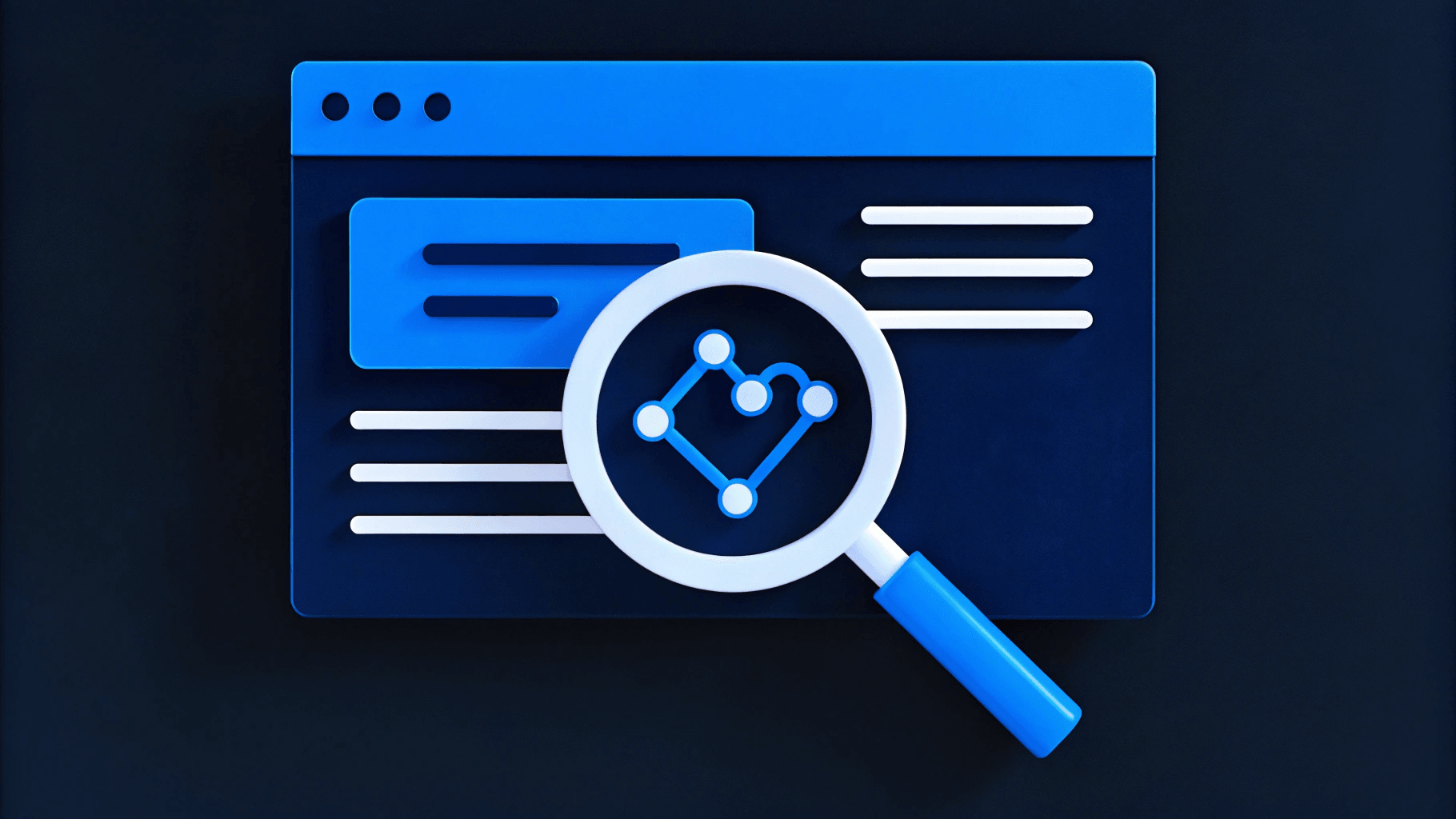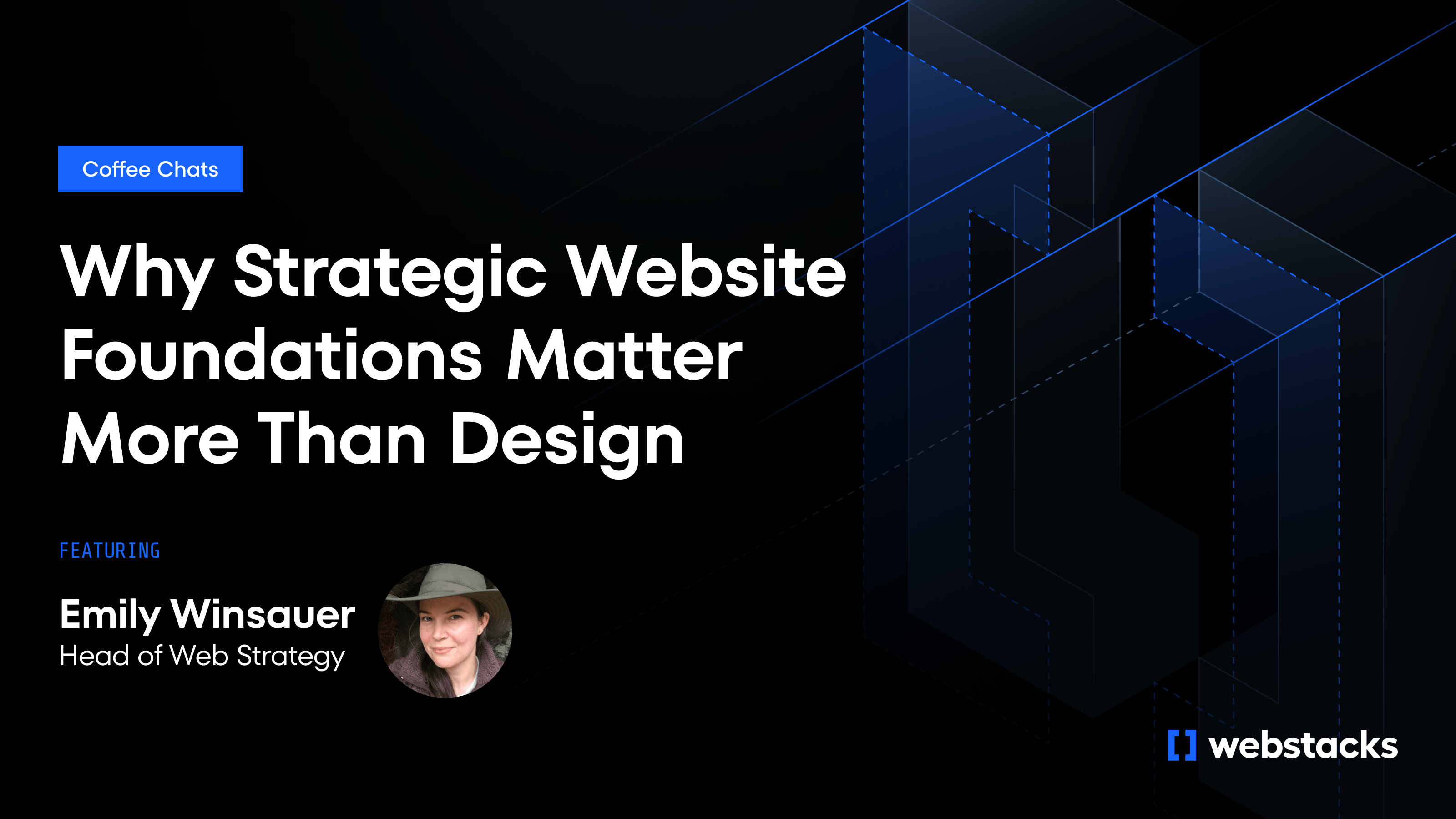A strong brand is one of the few lasting differentiators in a crowded SaaS marketplace, where features can be copied and pricing wars are common.
A B2B SaaS branding strategy aims to build trust, clarity, and long-term loyalty with business buyers who demand more than just a great product.
It communicates your unique value proposition and positions your company as a reliable partner in your customers’ growth.

1. Define Your B2B SaaS Brand's Core Purpose and Positioning
Your mission and vision should clearly reflect the problem you’re solving and the impact you’re aiming to make. They shape how you build your product, go to market, and communicate with customers.
A strong value proposition is where real differentiation happens.
In B2B SaaS, that means focusing on outcomes: faster workflows, measurable ROI, scalability, or reduced complexity.
Skip the vague emotional language and zero in on the value your product delivers in real-world terms.
Understanding your audience is what gives all of this traction. HubSpot nails this by segmenting its audiences by industry, role, company size, and specific challenges. That kind of clarity allows for messaging that lands with the right people.
Bringing it all together in a positioning statement helps create alignment across the business. It should clearly state who you serve, what you offer, how you’re different, and why that matters.
For example: "We’re the trusted partner for mid-sized enterprises looking for enterprise-grade protection without the complexity—delivering AI-powered threat detection that reduces incidents by 60% and cuts management time in half."
It’s sharp, specific, and built to guide how the brand shows up everywhere.
2. Develop a Cohesive Visual and Verbal Identity
Consistency in how your B2B SaaS brand looks and sounds builds trust with customers.
Visual Elements
Focus on these visual components:
- Logo design: Keep it simple, scalable, and memorable. Your logo needs to work across various digital platforms and sizes.
- Color palette: Create primary, secondary, and functional UI colors that reflect your brand personality while remaining easy on the eyes during extended screen time.
- Typography: Pick fonts that read well on screens and establish clear hierarchy for headings, body text, and UI elements.
- Design elements: Create icons, illustrations, and patterns that reinforce your brand personality for use across marketing materials and product interfaces.
We recommend creating a visual identity system to make your visual identity consistent on different platforms.
For example, look at Slack's visual branding. They use distinctive colors with playful elements while staying professional.
To execute your visual identity across your digital properties, work with an agency that understands both branding and SaaS UX. Webstacks helps B2B SaaS companies create cohesive, scalable brand systems that align visual design with user experience.
Verbal Identity
How you speak matters just as much as how you look:
- Brand voice and tone: Find the balance between professionalism and approachability. Salesforce, for example, maintains a slightly formal yet friendly tone.
- Messaging guidelines: Create rules for communicating your value proposition, features, and benefits across different contexts.
- Terminology glossary: Develop consistent terms to describe your product and features for clarity and expertise.
- Content principles: Establish principles reflecting your values to guide content creation from blogs to social media.
B2B SaaS brands typically need simpler, more scalable visual identities than B2C brands. Your visual and verbal elements should work together to create an experience that builds recognition with your target audience.
3. Integrate B2B SaaS Branding Across the Customer Journey
Your brand experience extends far beyond marketing materials. It includes every touchpoint from first website visit to ongoing product use and support.
Website and Product Interface
Your website and product are often the first and most frequent contact points for customers. Consistent UI patterns across platforms reduce cognitive load and reinforce your branding.
Modern content management solutions, such as headless CMS platforms, can provide flexibility and scalability in managing your website's content.
Content Marketing
Your content should demonstrate your expertise and values. For example, a B2B blog strategy can increase traffic and conversions by providing valuable content that attracts and engages your target audience.
In addition, real stories make technical products more relatable by translating complex features into clear benefits. Use case studies, whitepapers, and blog posts to show how your solution solves real-world problems, always using your unique voice and perspective.
Customer Support and Success
Every support interaction reinforces your brand identity. Train your team to embody your brand values in customer conversations. This includes:
- Using consistent tone in help documentation, emails, and support conversations
- Aligning success initiatives with your overall brand promise
- Using branded materials in onboarding and training sessions
4. Demonstrate Value Through Use Cases
Stories sell better than feature lists. From a neuroscience perspective, stories activate multiple brain regions simultaneously, making them stick better than feature lists. This matters in B2B SaaS, where decisions involve multiple stakeholders over long timeframes.
Showcase Real-World Applications
Show potential customers exactly how your solution works in practice. Real-world applications help them visualize "before and after" scenarios with your product. Focus on the specific problems your software solves, providing implementation details alongside measurable outcomes and improvements. This clear picture makes it easier for prospects to see how your product fits their business needs.
Create Detailed Case Studies
In-depth case studies highlight customer journeys, challenges overcome, and measurable results. They should be structured as stories rather than mere fact collections, including hard metrics and ROI data that demonstrate business impact.
Featuring quotes from real users and stakeholders adds authenticity and relatability.
Good case studies also balance emotional connection with proof of technical capability and business impact.

Encourage User-Generated Content
Testimonials, reviews, and user stories boost your brand's authenticity. Strategic user content programs can transform customers into advocates.
Set up a structured customer feedback program to collect reviews that highlight specific benefits. Or develop certification programs that create brand advocates while demonstrating your commitment to customer success.
5. Implement Feedback Loops
Strong B2B SaaS brands evolve based on customer feedback and market changes.
Gather Customer Feedback
You can collect insights about your brand perception through various channels.
Regular surveys and customer interviews can directly assess brand perception and messaging clarity. We also recommend user testing before launching your new branding strategy to check that it resonates with your audience.
Iterate on Branding Elements
Use what you've learned from customer insights to make thoughtful updates to your brand. That might mean refining your messaging to clear up misconceptions, remove friction, or speak more directly to what your audience actually cares about.
Visual elements may need to shift too: colors, typography, or layout tweaks that align more closely with customer expectations while still feeling familiar.
Voice and tone can evolve to better match how your audience communicates.
The key is to evolve with purpose. Changes should reinforce your brand’s core, not dilute it.
Monitor Brand Health Metrics
Tracking the right metrics helps you understand how your brand is performing and where it needs to go next.
Start with Net Promoter Score (NPS) to gauge customer loyalty and advocacy. Brand recall and recognition studies can show how well your brand sticks in people’s minds, while sentiment analysis from reviews and social media reveals how your audience feels about your brand on an emotional level.
You can also measure conversion rates from user-generated content to see how authentic engagement drives action. They offer real signals you can use to refine your brand and make a case for continued investment.
Salesforce does this well through its Trailblazer community. It’s a customer forum and a feedback engine. By keeping a pulse on community conversations, Salesforce is able to evolve its messaging and products.
Build a Resilient B2B SaaS Brand
Great B2B SaaS brands are built on clarity and real connection.
When your purpose, value, and customer experience align, you create a brand that stands out and sticks.
Looking to sharpen your brand? Webstacks helps B2B companies turn strategy into systems, so your brand shows up clearly and consistently at every touchpoint.




